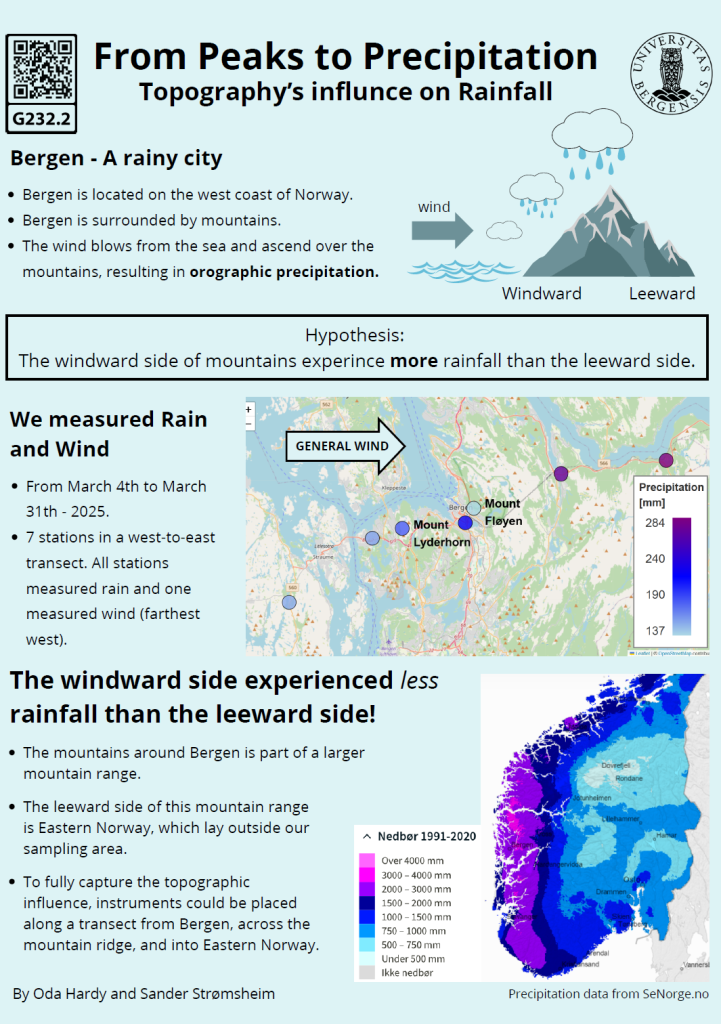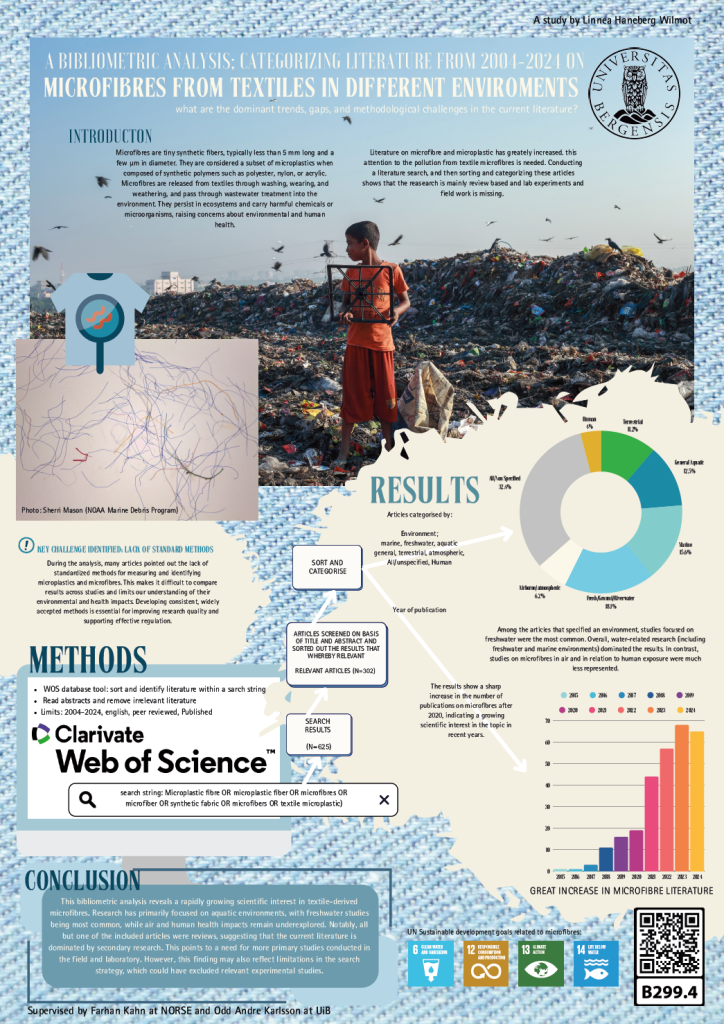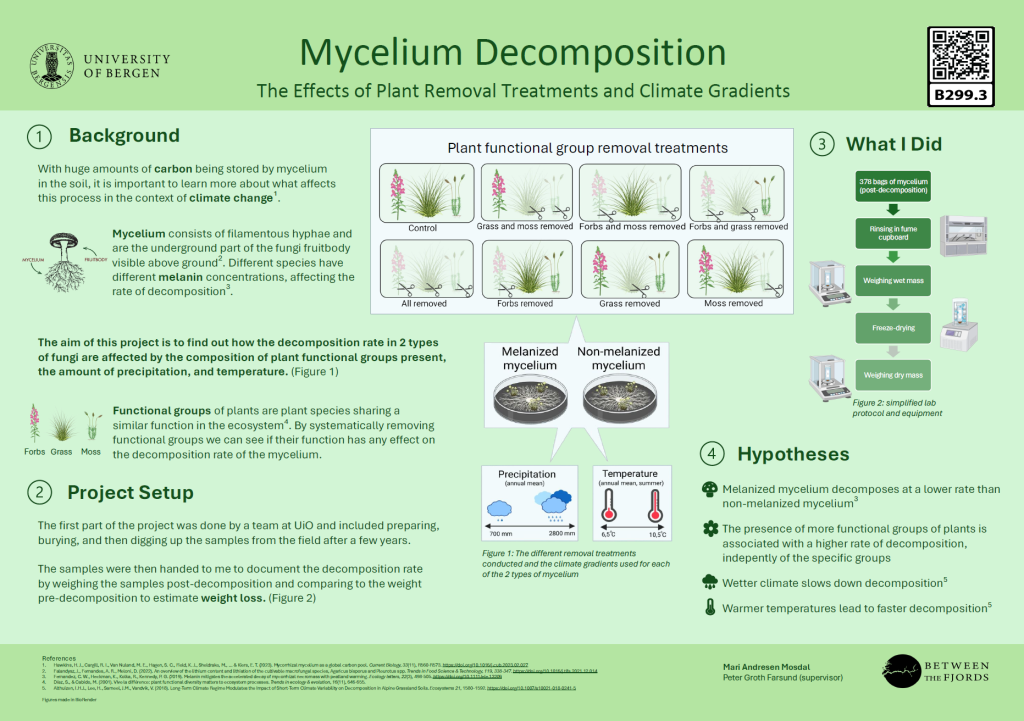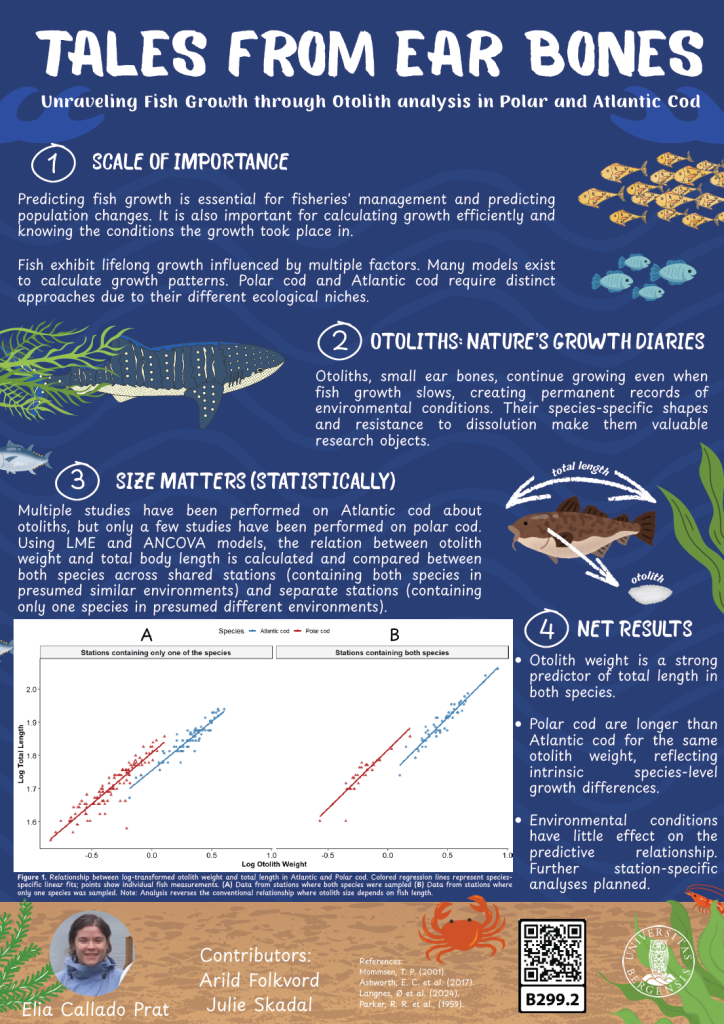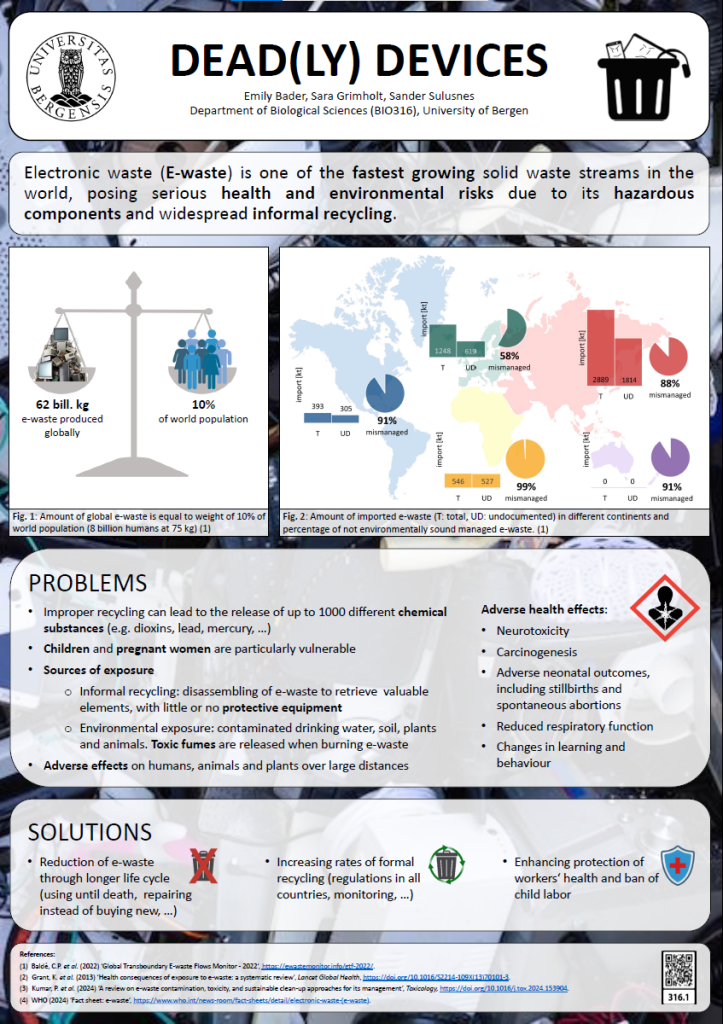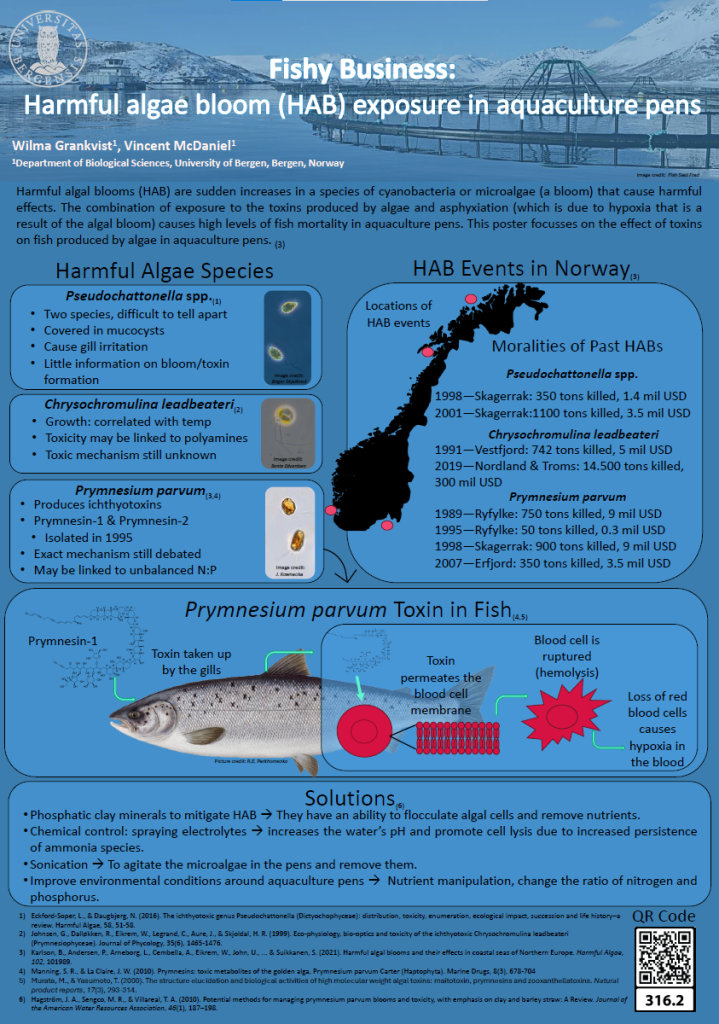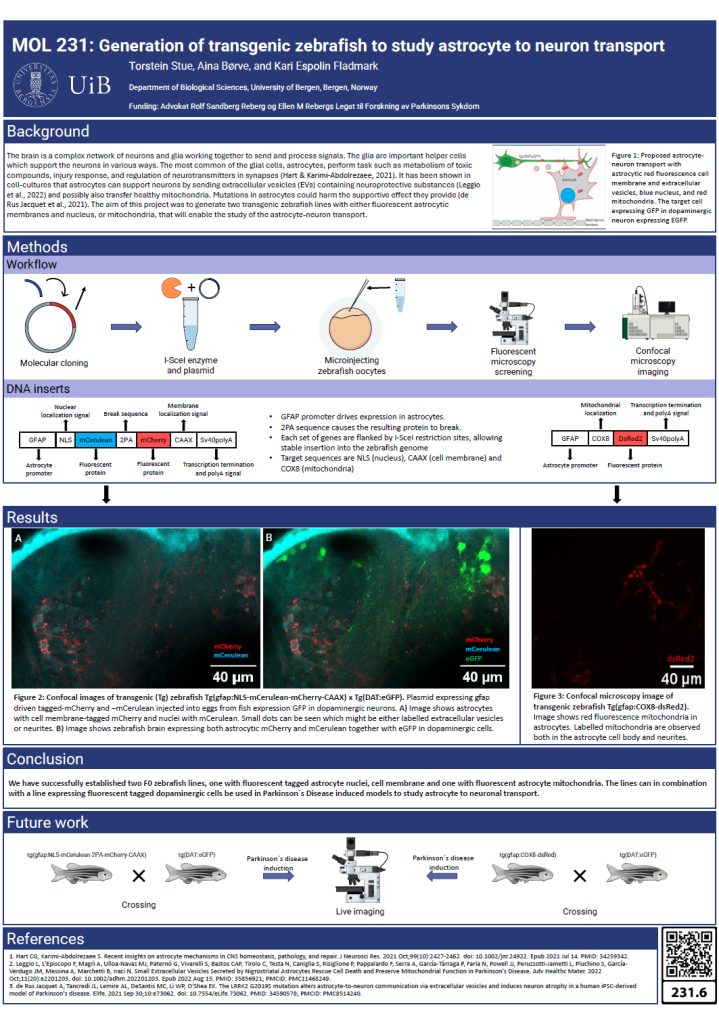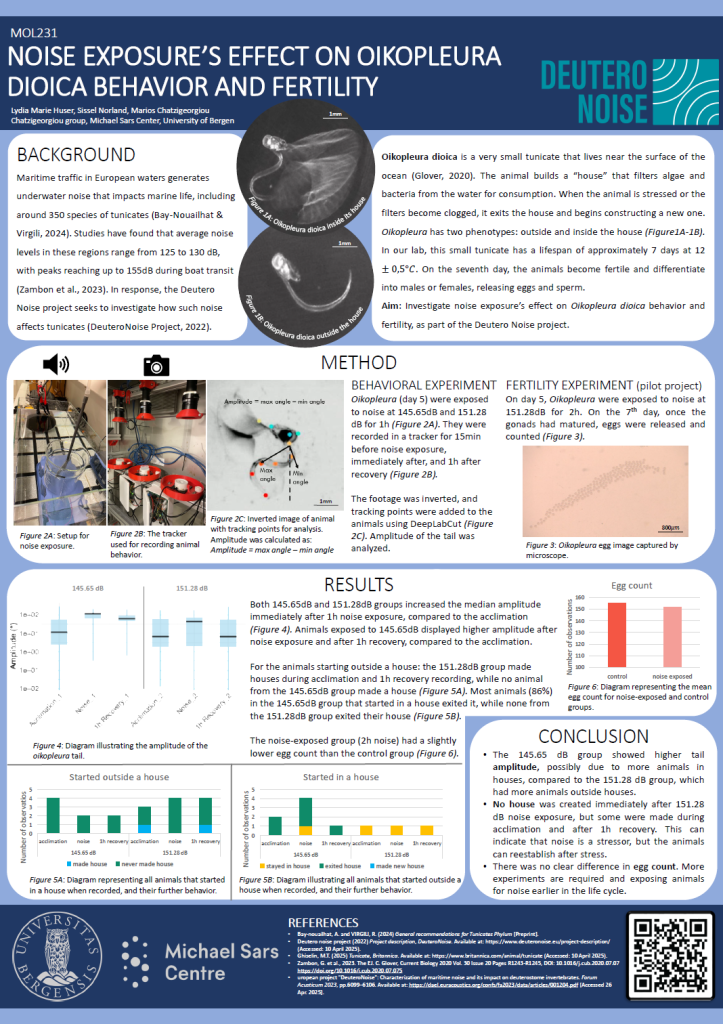Abstract
Orographic precipitation, driven by the forced ascent of moist air over mountainous terrain, plays a major role in shaping regional climates. Bergen, Norway, located between the North Sea to the west and steep mountains to the east, is known for its consistently high rainfall.
In this study, we investigated how the mountainous terrain surrounding Bergen modulates rainfall intensity and distribution. Precipitation measurements were collected along a west-to-east transect from Sotra to Trengereid, using seven HOBO rain gauges. Wind measurements were conducted at Sotra using a Wind logger, to monitor wind directions during the study period.
Our cumulative results identified two distinct rainy periods, from March 5–10 and March 23–30, 2025. Analysis indicated a clear precipitation gradient, with rainfall increasing by approximately 73% from the west coast inland toward Trengereid. During these events, prevailing winds were predominantly southerly to south-easterly.
The results show the connection between the moist air from the sea being forced over the mountainous terrain and the precipitation levels in the area. These results not only help explain Bergen’s famously wet climate, but also provide insights into broader patterns affecting coastal mountainous regions worldwide.
Poster number:
G232.2
Authors:
Oda Kristina Krogh Hardy
& Sander Strømsheim

